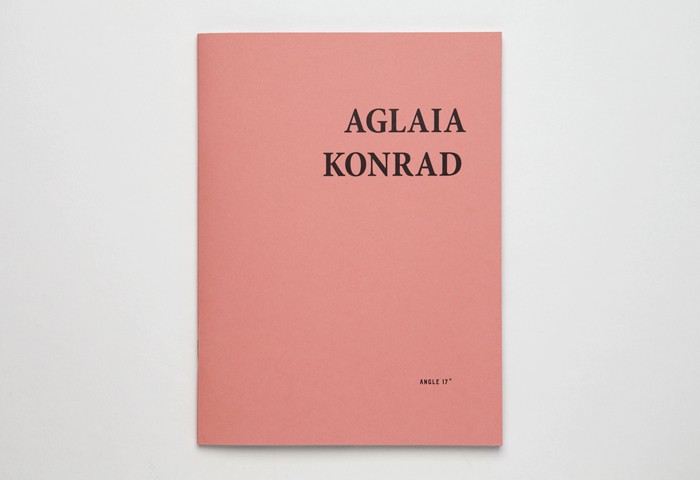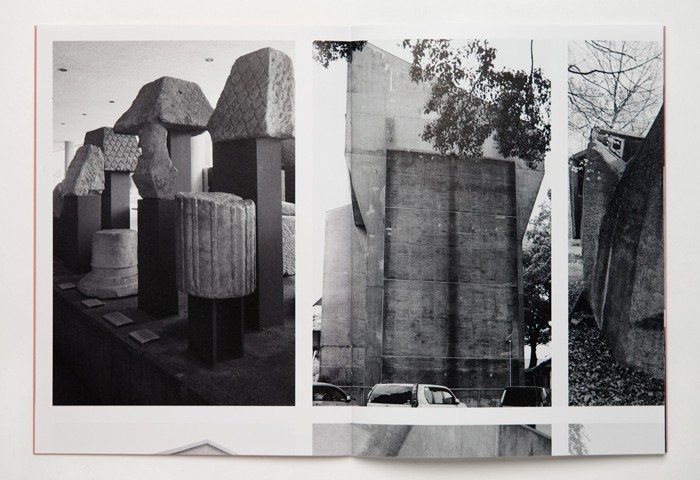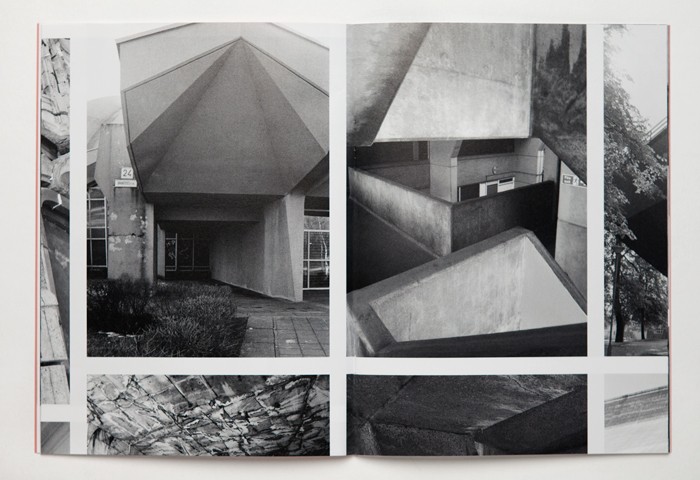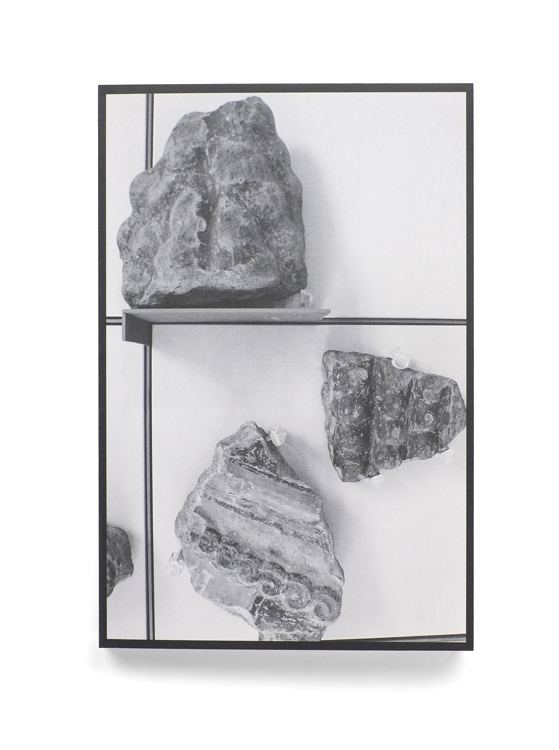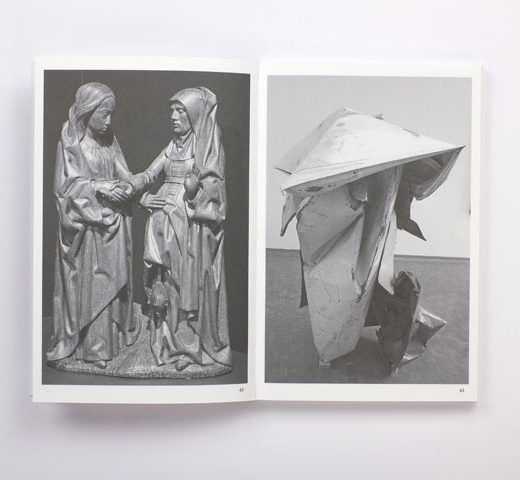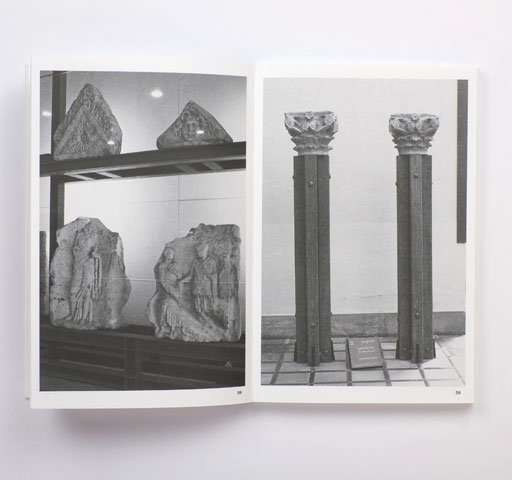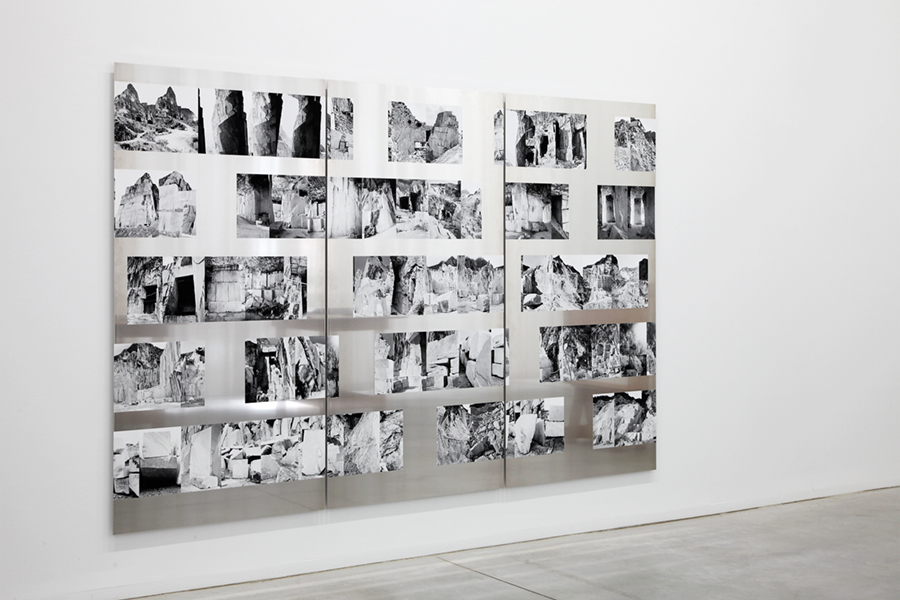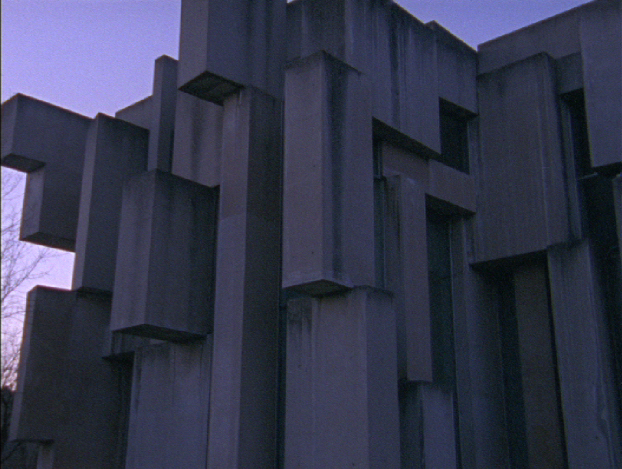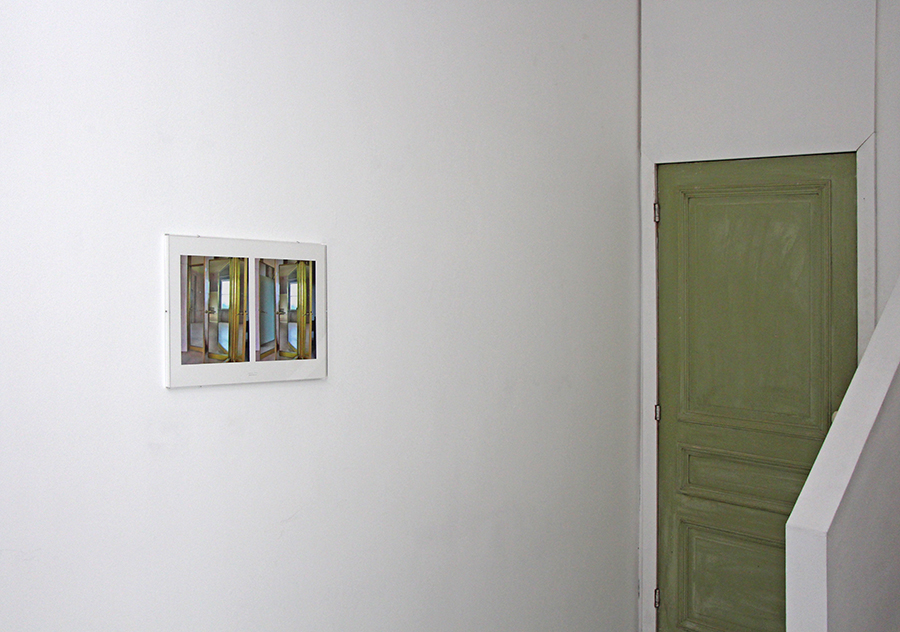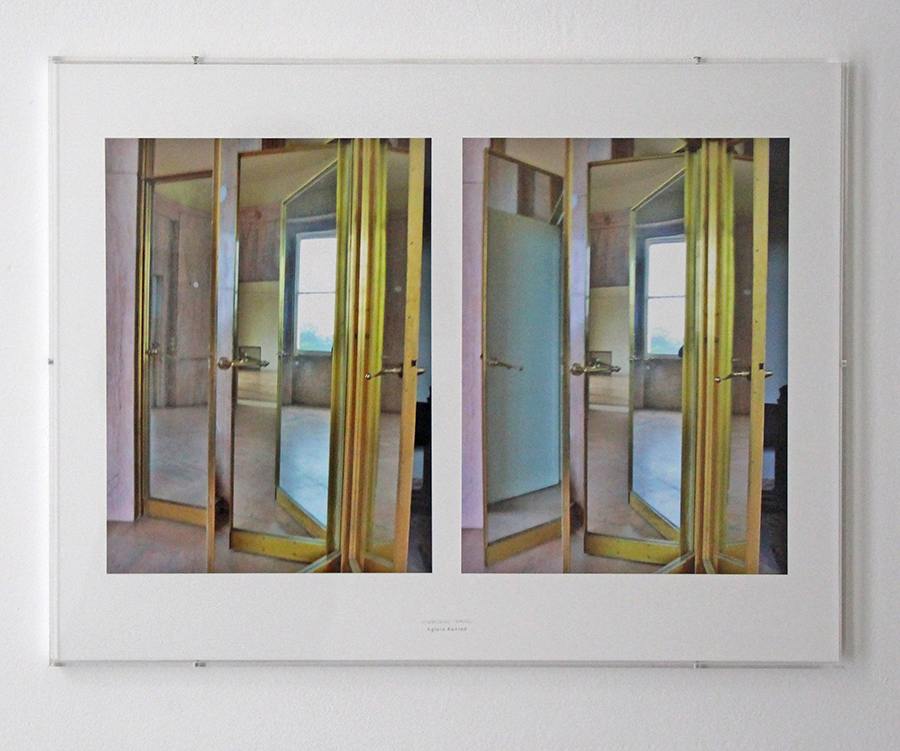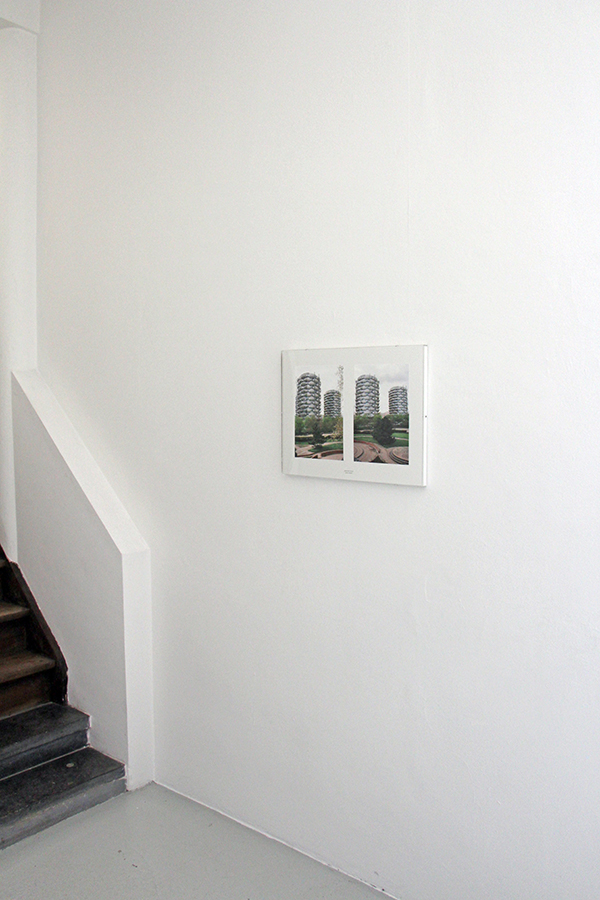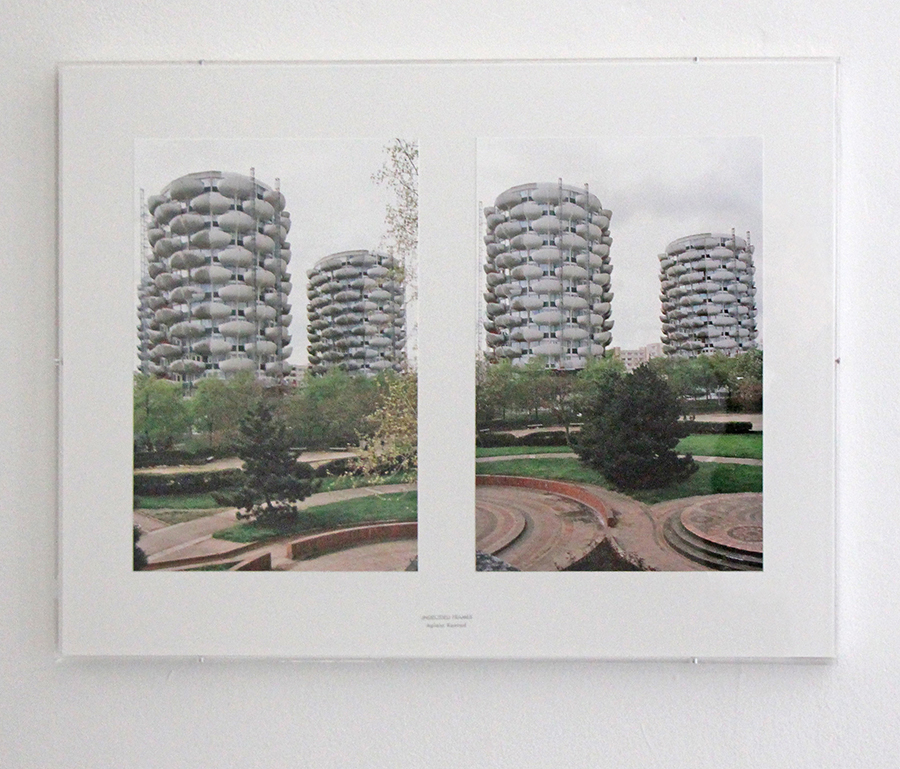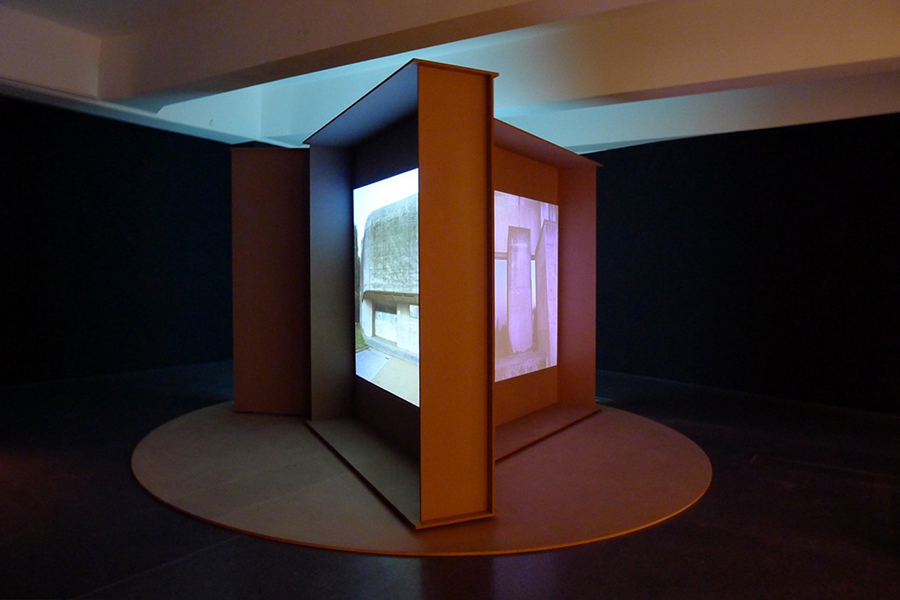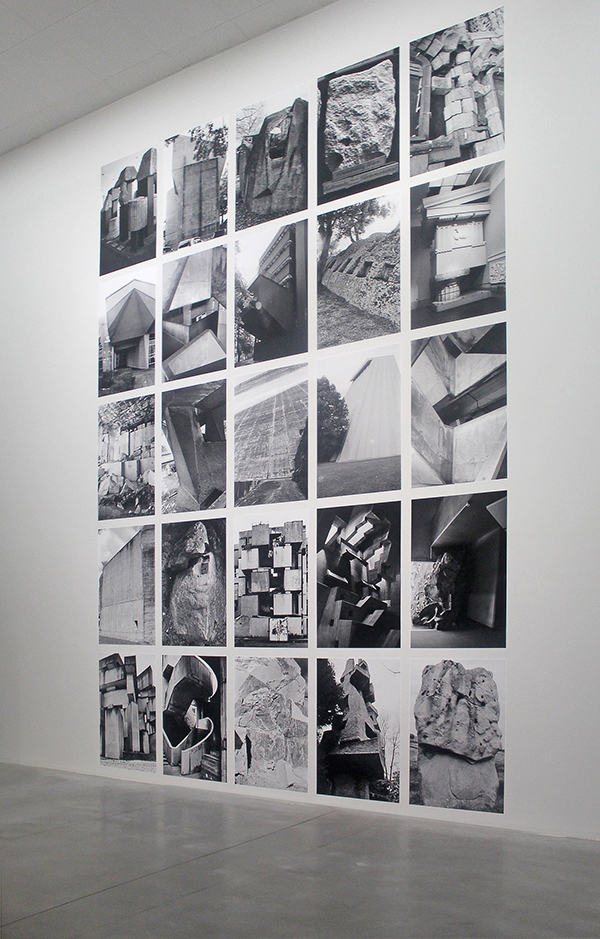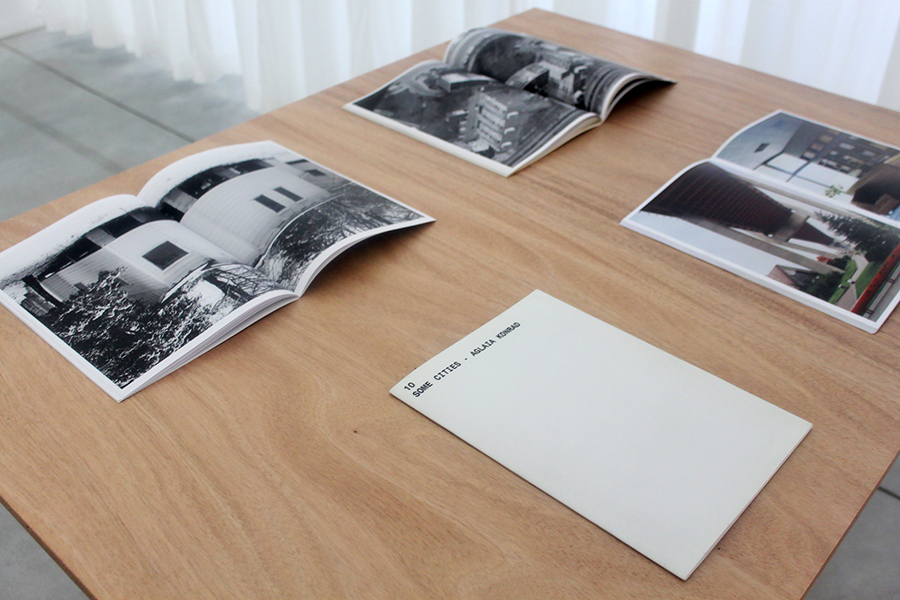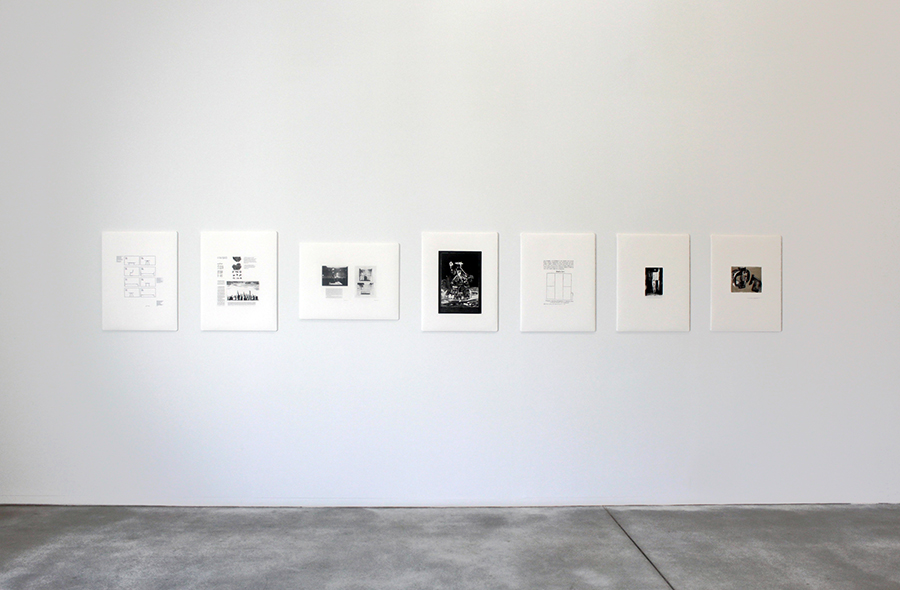Aglaia Konrad et Pol Pierart ont été sélectionnés par le website Turning Photography, mis en ligne à l’occasion du solo de Dirk Braeckman au Pavillon belge de la 57e biennale de Venise.
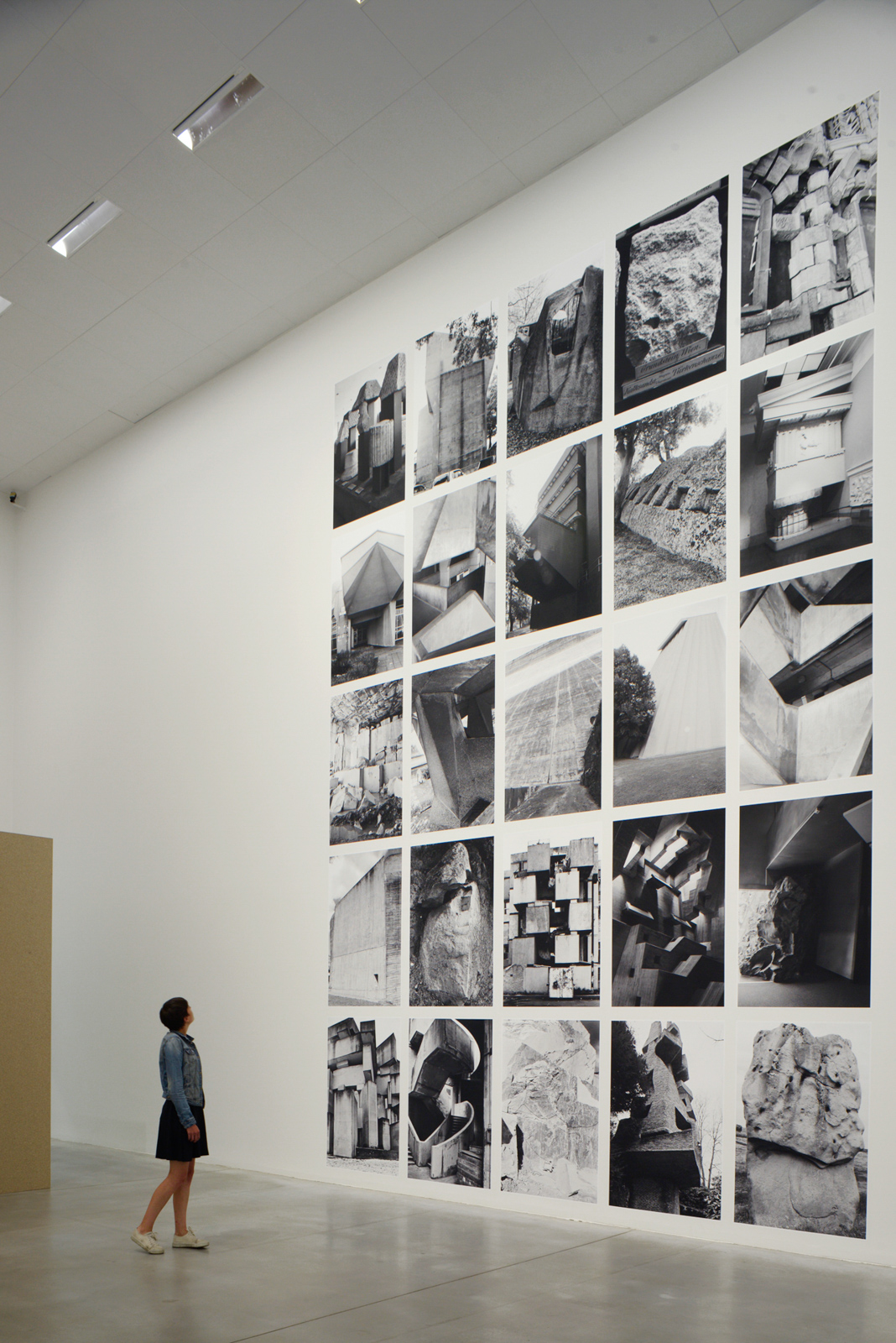
Shaping Stones, 2016
25 b/w digital prints pasted on wall
482 × 722 cm
From A to K, Museum M, Leuven, Belgium, 2016
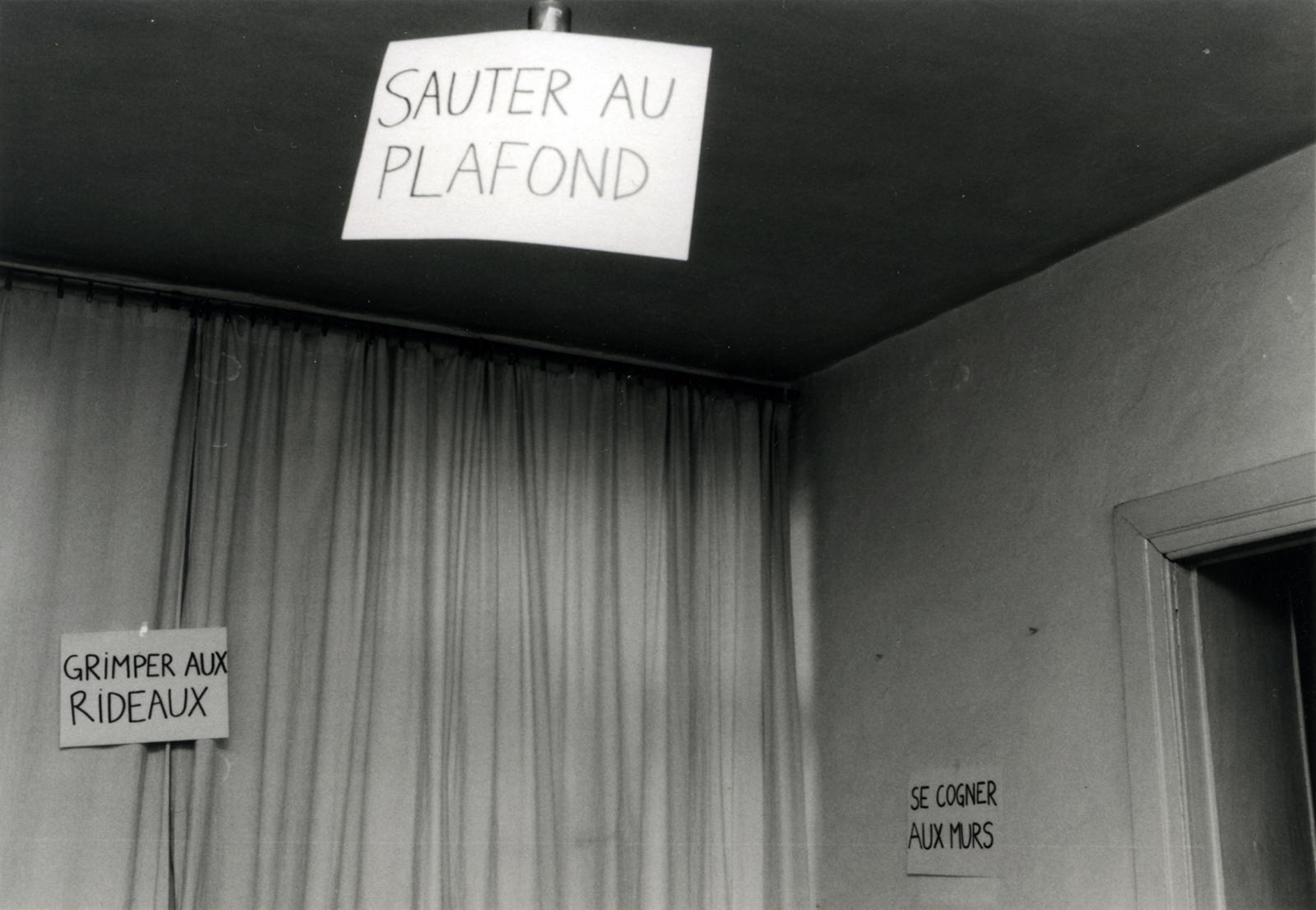
Sans titre (Sauter au plafond), 2000
Photographie NB, tirage argentique sur papier baryté, 9,8 × 14,2 cm
Edition 10/10
Flanders Arts Institute, Wallonia-Brussels Federation, BOZAR – Centre for Fine Arts Brussels, FOMU – Fotomuseum and M – Museum Leuven are happy to announce an online special on Belgian contemporary photography in the framework of the Belgian Pavilion at the 57th Venice Biennale
Turning Photography: exploring the edges of Belgian contemporary photography
turningphotography.be
Dirk Braeckman’s selection for the Belgian Pavilion at the 57th Venice Biennale prompted us to turn the spotlight on some of the most audacious artists working in the medium of photography in Belgium today. Their self-reflexive attitude has led to new and daring attempts to redefine the possibilities of the photographic system. Turning Photography unfolds a curated selection of artists’ portraits and essays by prominent critics.
Next to a broad selection of older, more established artists and photographers, Turning Photography focuses on a generation of up-and-coming photographers and visual artists. Their work has been chosen because of its candour and lack of reverence towards more conventional photographic practices.
Turning Photography features a series of commissioned essays and interviews by renowned critics as well as a selection of portraits of artists whose work leads to an experimental exploration and critical re-evaluation of the role of the photographer in the broader field of contemporary visual art and culture. Turning Photography offers an insight into the different positions of artists that exemplify today’s tendency to take the medium to the edges.
With artists’ portraits of Sammy Baloji, Charif Benhelima, David Bergé, Thomas Bernardet, Sébastien Bonin, Dirk Braeckman, Marie José Burki, Tom Callemin, Alexandre Christiaens, David Claerbout, Collectif La Grotte, Michel Couturier, Bert Danckaert, Katrien De Blauwer, Marc De Blieck, Anne De Gelas, Philippe De Gobert, Arnaud De Wolf, Vincent Delbrouck, Lot Doms, Patrick Everaert, Gilbert Fastenaekens, Lara Gasparotto, Agnès Geoffray, Geert Goiris, Liesbet Grupping, Solal Israel, Jan Kempenaers, Stephanie Kiwitt, Aglaia Konrad, Pierre Liebaert, Charlotte Lybeer, Chantal Maes, Katja Mater, Michel Mazzoni, Ria Pacquée, Pol Pierart, Max Pinckers, Benoit Platéus, Sébastien Reuzé, Bruno V. Roels, Stéphanie Roland, Dominique Somers, Jean-François Spricigo, Ana Torfs, Egon Van Herreweghe, Sine Van Menxel, Yoann Van Parys, Els Vanden Meersch, Wim Wauman, Sarah Westphal.
With essays by Steven Humblet, Danielle Leenaerts, Anne-Françoise Lesuisse, Arjen Mulder and Joachim Naudts.
[sociallinkz]
